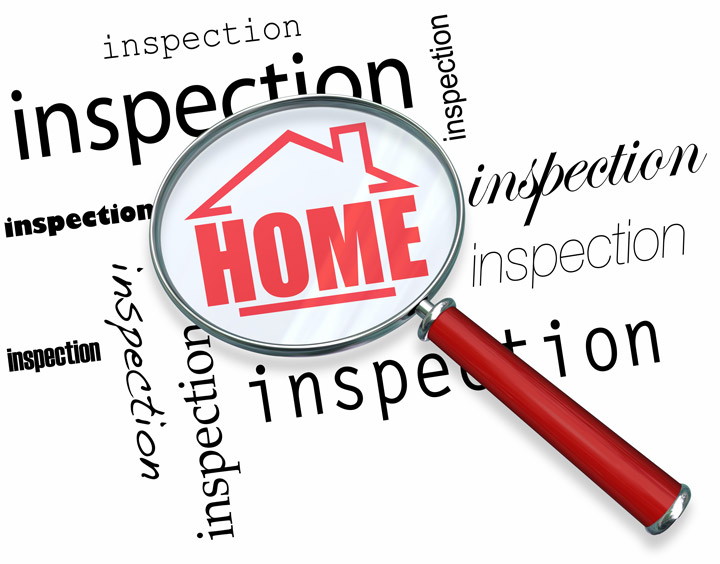
What Are the Parts of an Appraisal?Buying real estate is the biggest investment most will ever encounter. It doesn't matter if where you raise your family, a second vacation property or a rental fixer upper, purchasing real property is a complex transaction that requires multiple people working in concert to make it all happen. You're probably familiar with the parties taking part in the transaction. The real estate agent is the most familiar person in the exchange. Then, the mortgage company provides the money needed to finance the deal. The title company sees to it that all details of the sale are completed and that the title is clear to transfer from the seller to the purchaser. So, what party is responsible for making sure the value of the real estate is consistent with the amount being paid? In comes the appraiser. We provide an unbiased opinion of what a buyer might expect to pay — or a seller receive — for a property, where both buyer and seller are informed parties. A licensed, certified, professional appraiser from Searcy Appraisal Services will ensure, you as an interested party, are informed. The inspection is where an appraisal beginsOur first responsibility at Searcy Appraisal Services is to inspect the property to ascertain its true status. We must physically see aspects of the property, such as the number of bedrooms and bathrooms, the location, amenities, etc., to ensure they really are there and are in the condition a typical person would expect them to be. The inspection often includes a sketch of the house, ensuring the square footage is accurate and conveying the layout of the property. Most importantly, the appraiser looks for any obvious features - or defects - that would have an impact on the value of the house. Back at the office, an appraiser uses two or three approaches to determining the value of real property: paired sales analysis and, in the case of a rental property, an income approach. 
Cost ApproachHere, we use information on local construction costs, labor rates and other factors to ascertain how much it would cost to build a property comparable to the one being appraised. This figure often sets the maximum on what a property would sell for. It's also the least used predictor of value. 
Analyzing Comparable SalesAppraisers become very familiar with the subdivisions in which they work. They innately understand the value of particular features to the people of that area. Then, the appraiser looks up recent sales in close proximity to the subject and finds properties which are 'comparable' to the real estate in question. Using knowledge of the value of certain items such as remodeled rooms, types of flooring, energy efficient items, patios and porches, or additional storage space, we add or subtract from each comparable's sales price so that they more accurately match the features of subject property.
Once all necessary adjustments have been made, the appraiser reconciles the adjusted sales prices of all the comps and then derives an opinion of what the subject could sell for. When it comes to knowing the true worth of features of homes in Madison and Madison, Searcy Appraisal Services is second to none. The sales comparison approach to value is commonly awarded the most importance when an appraisal is for a home exchange. Valuation Using the Income ApproachIn the case of income producing properties - rental houses for example - we may use a third approach to value. In this scenario, the amount of income the property generates is taken into consideration along with income produced by similar properties to give an indicator of the current value. Putting It All TogetherCombining information from all applicable approaches, the appraiser is then ready to document an estimated market value for the property in question. Note: While this amount is probably the strongest indication of what a property is worth, it probably will not be the price at which the property closes. It's not uncommon for prices to be driven up or down by extenuating circumstances like the motivation or urgency of a seller or 'bidding wars'. Regardless, the appraised value is typically employed as a guideline for lenders who don't want to loan a buyer more money than they could recover in case they had to put the property on the market again. The bottom line is, an appraiser from Searcy Appraisal Services will guarantee you discover the most fair and balanced property value, so you can make wise real estate decisions. |